New LHC results hint at new physics… but are we crying wolf?

Wanting there to be something beyond the standard model may be influencing what we actually investigate.
“In recent years several new particles have been discovered which are currently assumed to be “elementary,” that is, essentially structureless. The probability that all such particles should be really elementary becomes less and less as their number increases. It is by no means certain that nucleons, mesons, electrons, neutrinos are all elementary particles.” –Enrico Fermi
Over at the Large Hadron Collider at CERN, particles are accelerated to the greatest energies they’ve ever reached in history. In the CMS and ATLAS detectors, new fundamental particles are continuously being searched for, although only the Higgs boson has come through. But in a much lesser-known detector — LHCb — particles containing bottom quarks are produced in tremendous numbers. One class of these particles, quark-antiquark pairs where one is a bottom quark, have recently been observed to decay in a way that runs counter to the Standard Model’s predictions. Even though the evidence isn’t very good, it’s the biggest hint for new physics we’ve had from accelerators in years.
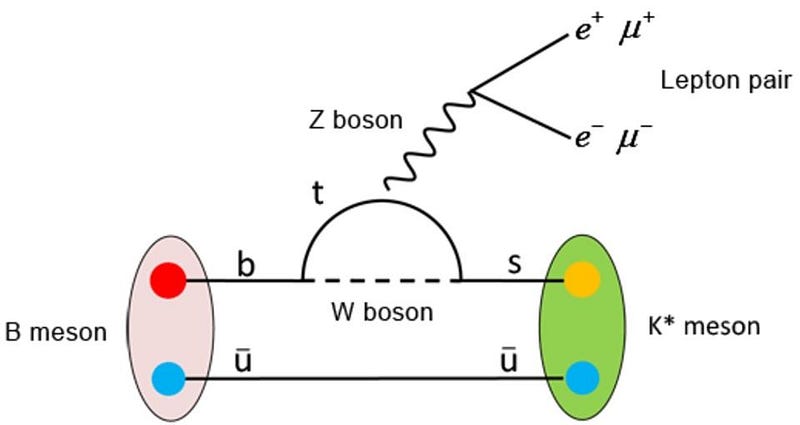
There are two ways, throughout history, that we’ve made extraordinary advances in fundamental physics. One is when an unexplained, robust phenomenon pops up, and we’re compelled to rethink our conception of the Universe. The other is when multiple, competing, but heretofore indistinguishable explanations of the same set of observations are subject to a critical test, where only one explanation emerges as a valid one. Particle physics is at a crossroads right now, because even though there are fundamentally unsolved questions, the energy scales that we can probe with experiments all give results that are perfectly in line with the Standard Model.
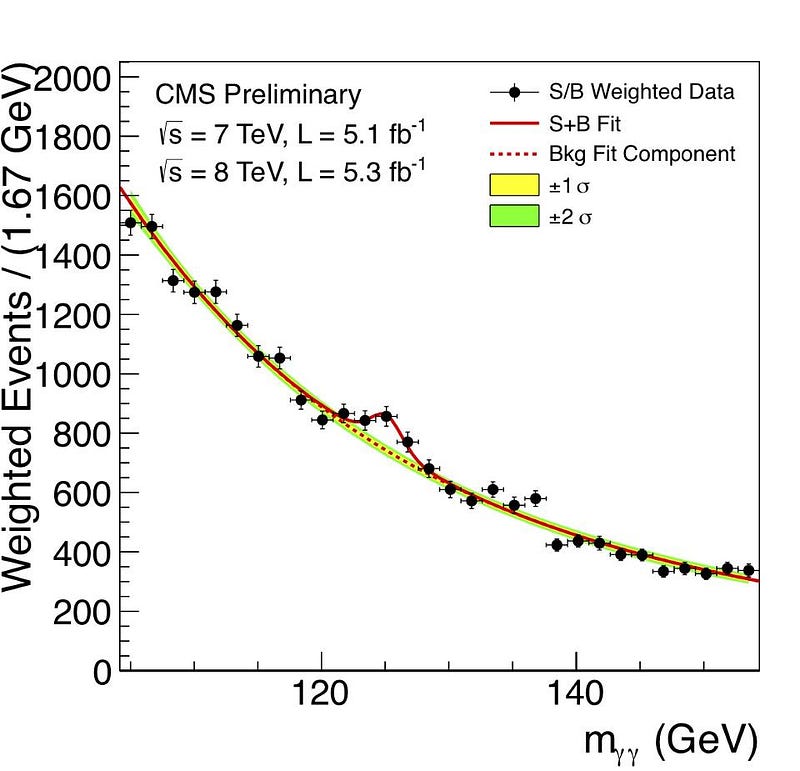
The Higgs boson, discovered earlier this decade, was created over and over at the LHC, with its decays measured in excruciating detail. If there were any hints of departures from the Standard Model — if it decayed into one type of particle more-or-less frequently than predicted — it could be an extraordinary hint of new physics. Similarly, physicists searches exhaustively for new “bumps” where there shouldn’t be any in the data: a signal of a potential new particle. Although they showed up periodically, with some mild significance, they always went away entirely with more and better data.
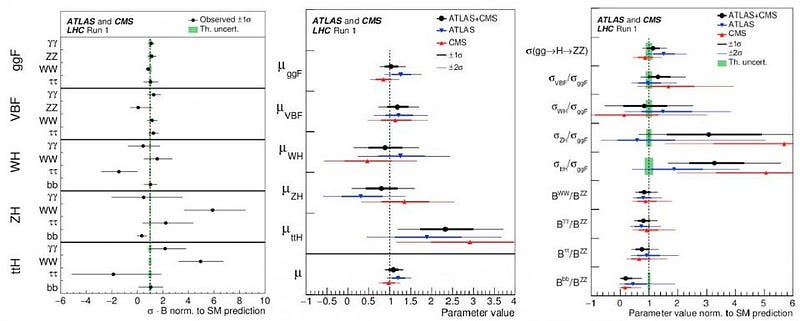
Statistically, this is about what you’d expect. If you had a fair coin and tossed it 10 times, you might expect that you’d get 5 heads and 5 tails. Although that’s reasonable, sometimes you’ll get 6 and 4, sometimes you’ll get 8 and 2, and sometimes you’ll get 10 and 0, respectively. If you got 10 heads and 0 tails, you might begin to suspect that the coin isn’t fair, but the odds aren’t that bad: about 0.2% of the time, you’ll have all ten flips give the same result. And if you have 1000 people each flipping a coin ten times, it’s very likely (86%) that at least one of them will get the same result all ten times.

The Standard Model makes predictions for lots of different quantities — particle production rates, scattering amplitudes, decay probabilities, branching ratios, etc. — for every single particle (both fundamental and composite) that can be created. Literally, there are hundreds of such composite particles that have been created in such numbers, and thousands of quantities like that we can measure. Since we look at all of them, we demand an extremely high level of statistical significance before we’re willing to claim a discovery. In particle physics, the odds of a fluke need to be less than one-in-three-million to get there.
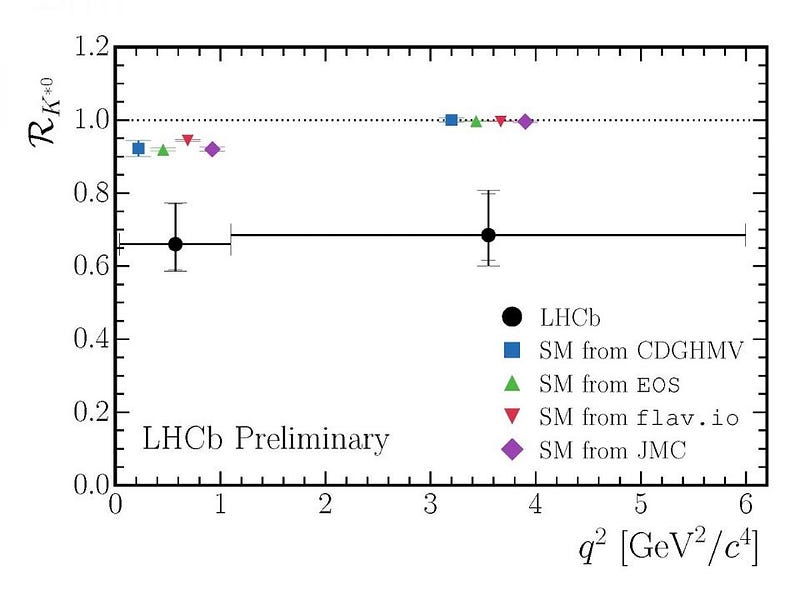
Earlier this week, the LHCb collaboration announced their greatest departure yet observed from the Standard Model: a difference in the rate of decay of bottom-quark-containing mesons into strange-quark-containing mesons with either a muon-antimuon pair or an electron-positron pairs. In the Standard Model, the ratios should be 1.0 (once mass differences of muons and electrons are taken into account), but they observed a ratio of 0.6. That sure sounds like a big deal, and like it might be a hint of physics beyond the Standard Model!
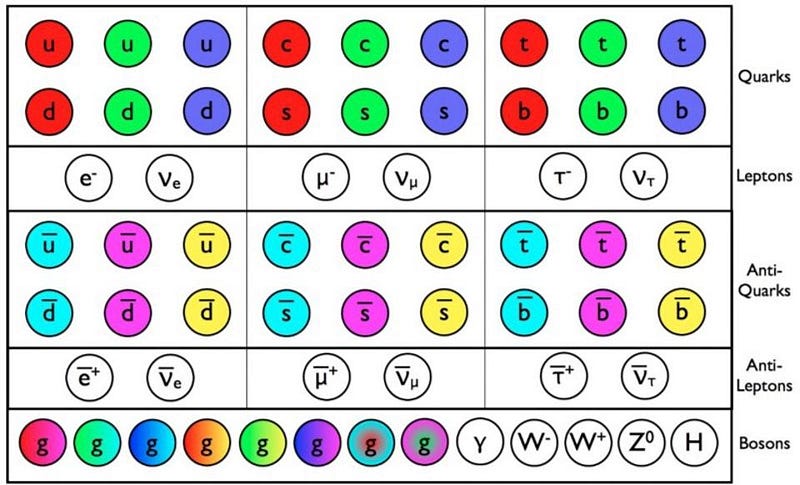
The case gets even stronger when you consider that the BELLE collaboration, last decade, discovered these decays and began to notice a slight discrepancy themselves. But a closer inspection of the latest data shows that the statistical significance is only about 2.4 and 2.5 sigma, respectively, at the two energies measured. This is about a 1.5% chance of a fluke individually, or about 3.7-sigma significance (0.023% chance of a fluke) combined. Now, 3.7-sigma is a lot more exciting than 2.5-sigma, but it’s still not exciting enough. Given that there were thousands of things these experiments looked at, these results barely even register as “suggestive” of new physics, much less as compelling evidence.
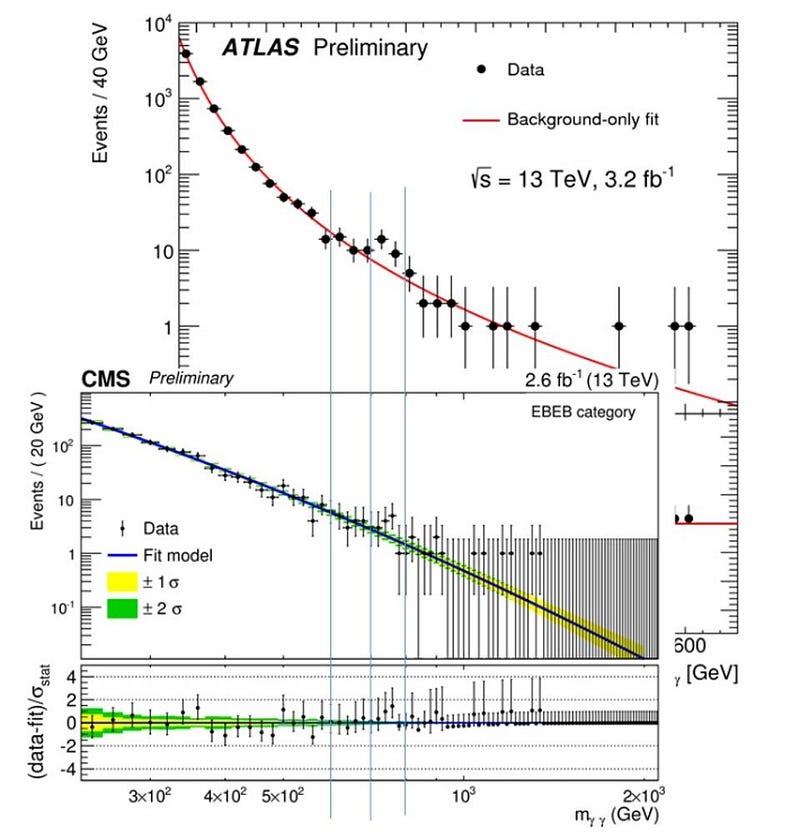
Yet already, just last Wednesday, there were six new papers out (with more surely coming) attempting to use beyond-the-Standard-Model physics to explain this not-even-promising result.
Why?
Because, quite frankly, we don’t have any good ideas in place. Supersymmetry, grand unification, string theory, technicolor, and extra dimensions, among others, were the leading extensions to the Standard Model, and colliders like the LHC have yielded absolutely no evidence for any of them. Signals from direct experiments for physics beyond the Standard Model have all yielded results completely consistent with the Standard Model alone. What we’re seeing now is rightly called ambulance-chasing, but it’s even worse than that.

We know that results like this have a history of not holding up at all; we expect there to be fluctuations like this in the data, and this one isn’t even as significant as the others that have gone away with more and better data. You expect a 2-sigma discrepancy in one out of every 20 measurements you make, and these two are little better than that. Even combined, they’re hardly impressive, and the other things you’d seek to measure about this decay line up with the Standard Model perfectly. In short, the Standard Model is much more likely than not to hold up once more and better data arrives.
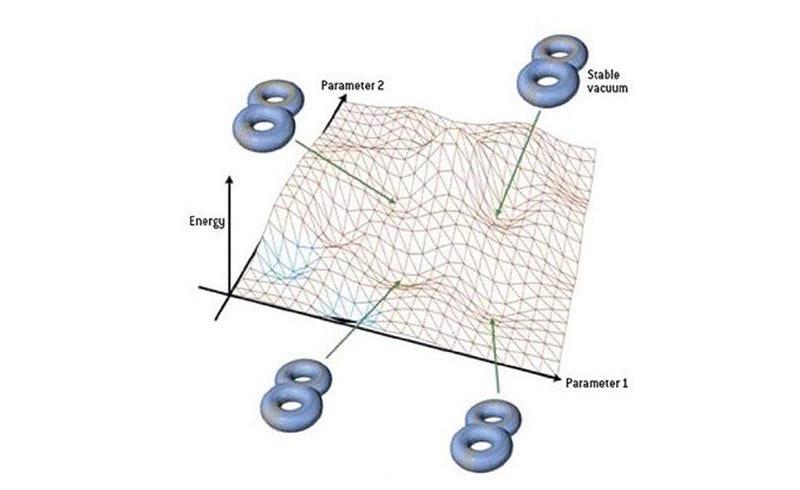
What we’re seeing right now is a response from the community is what we’d expect to an alarm that’s crying “Wolf!” There might be something fantastic and impressive out there, and so, of course we have to look. But we know that, more than 99% of the time, an alarm like this is merely the result of which way the wind blew. Physicists are so bored and so out of good, testable ideas to extend the Standard Model — which is to say, the Standard Model is so maddeningly successful — that even a paltry result like this is enough to shift the theoretical direction of the field.
A few weeks ago, famed physicist (and supersymmetry-advocate) John Ellis asked the question, “Where is Particle Physics going?” Unless experiments can generate new, unexpected results, the answer is likely to be “nowhere new; nowhere good” for the indefinite future.
Starts With A Bang is based at Forbes, republished on Medium thanks to our Patreon supporters. Order Ethan’s first book, Beyond The Galaxy, and pre-order his next, Treknology: The Science of Star Trek from Tricorders to Warp Drive!





